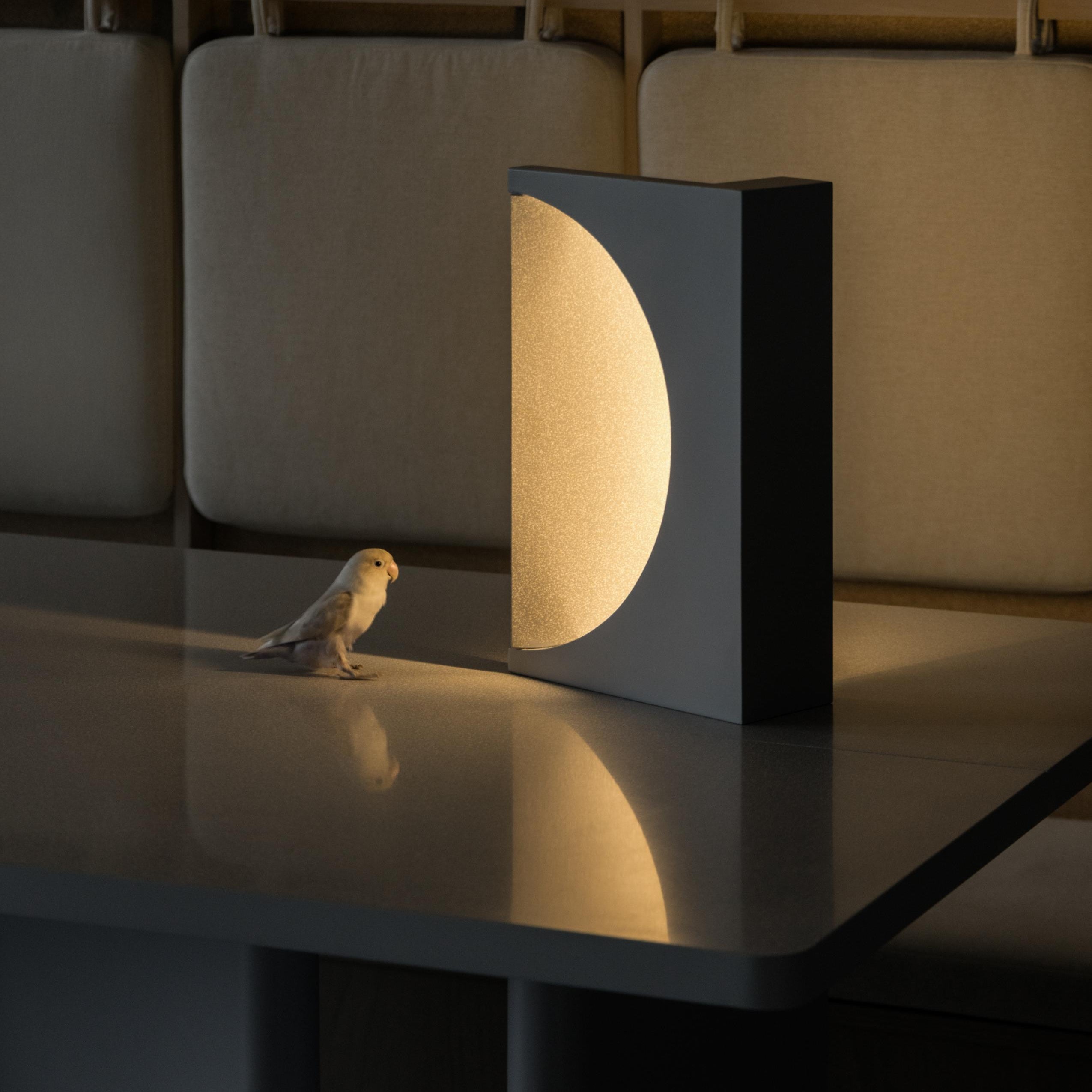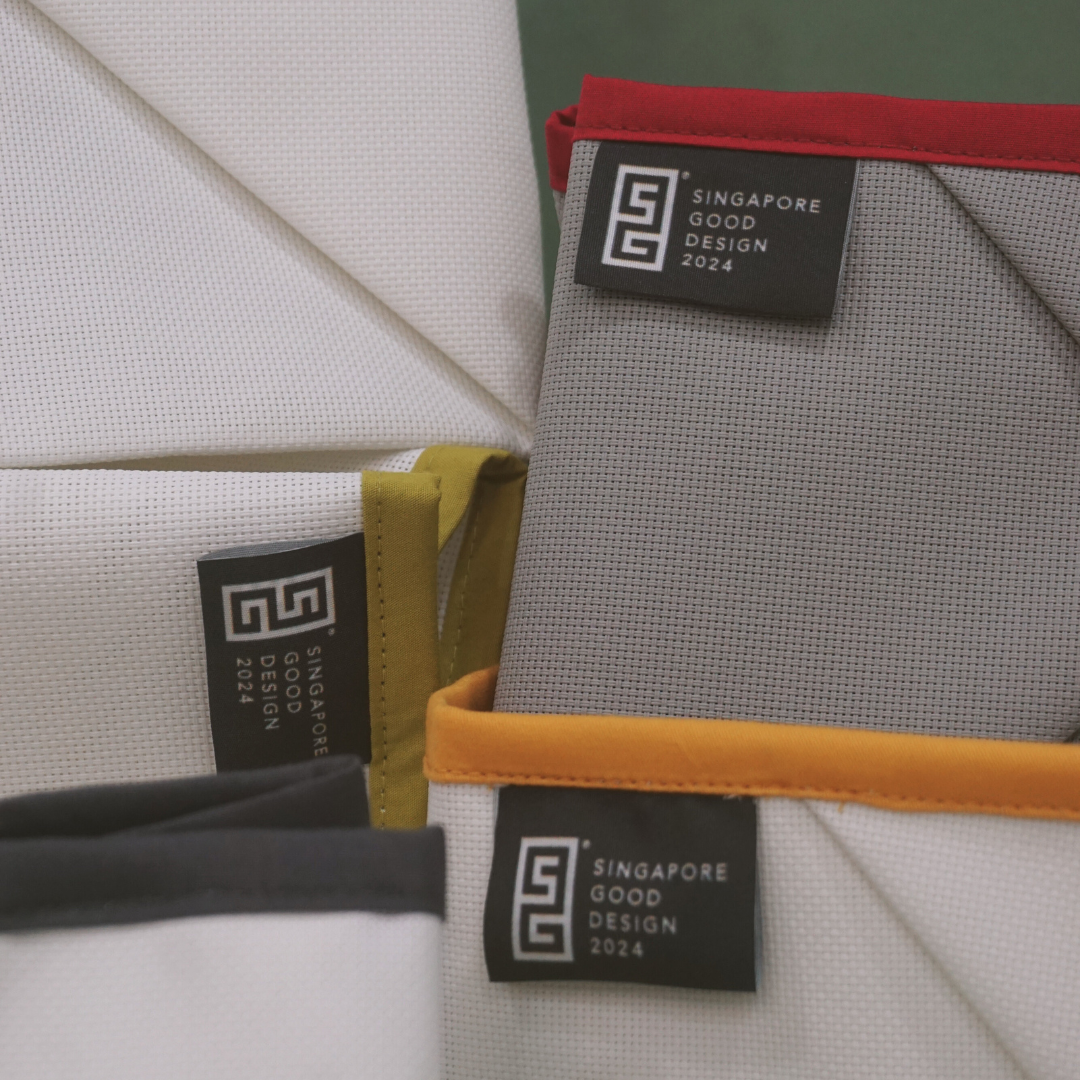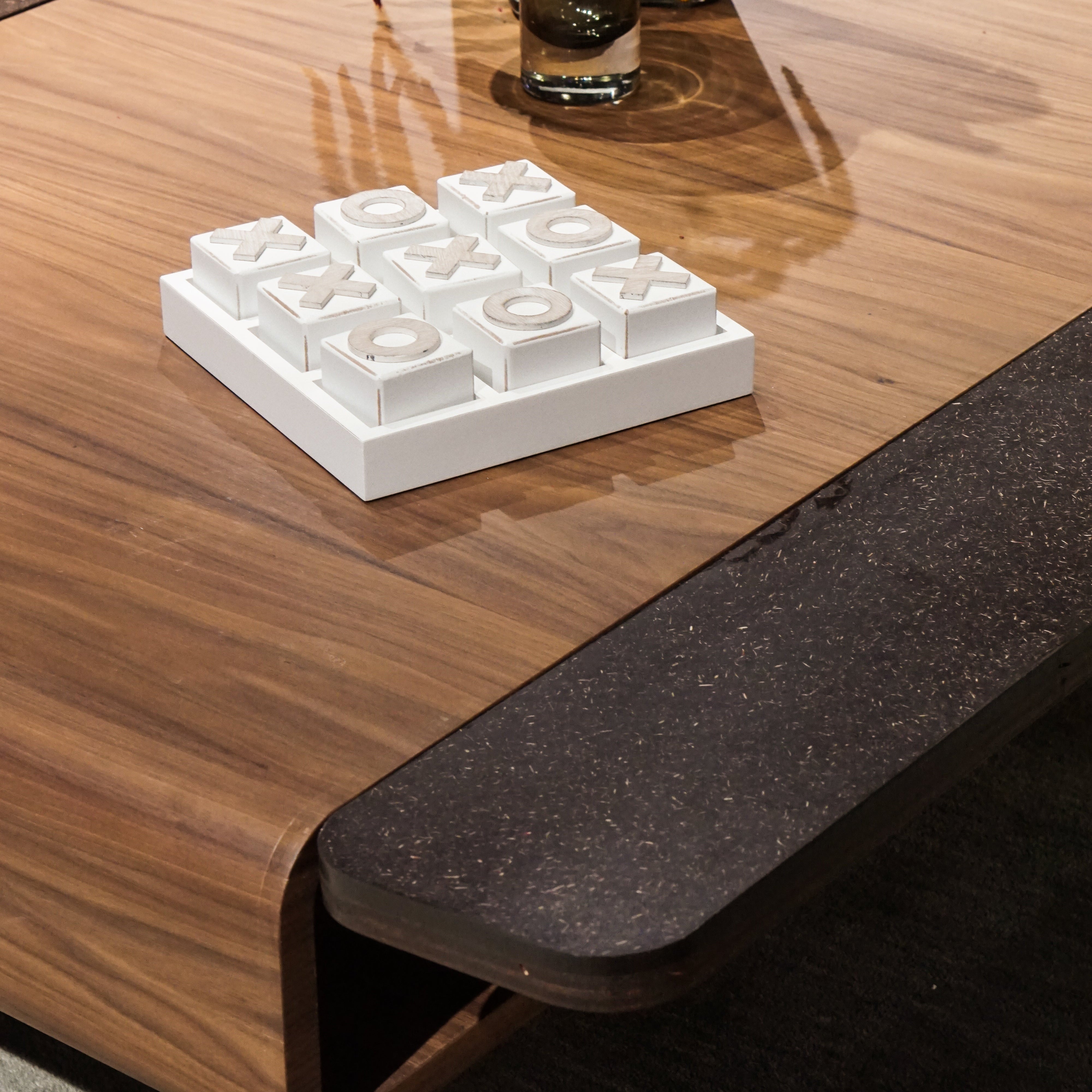Main banner image by Pavel Bendov/ArchExplorer
As we strive to be environmentally conscious with the things we buy and the things we consume, being eco-friendly also starts from the home - and this includes making mindful decisions such as purchasing your furniture pieces, your storage units and even in the littlest things like decor and accessories to spruce up your living space.

With wood being a material we see very often and one that isn’t remarkably new in the sustainability scene, do we really know why and what exactly about it that makes the go-to material a climate friendly choice?
In this post we’ll discuss…
- The 4 common types of wood and its properties
- What is ‘sustainable wood’?
- Wood and its recyclability & reusability
- Wood’s natural appeal
4 Common Types of Wood & Its Properties

For starters, knowing the types of wood comes in handy especially when it comes to narrowing its sustainability factor. Of course, opting for wood alternatives in itself is already a great way to start things off but having deeper knowledge allows us to make even better decisions.
Bamboo is the most sustainable material in the ‘wood family’, though technically it’s a type of grass and not a tree. This largely has to do with the fact that bamboo is a highly renewable resource, as it takes a really short time to grow (within months) as compared to trees.
It also produces 35% more oxygen as compared to trees, absorbing as much as 12 tonnes of carbon dioxide per hectare per year, contributing to carbon neutrality. Can you see now why bamboo is a definite go-to?

Photo credit: Unsplash
Teak and Oak is predominantly the more common wood types especially when it comes to furniture and home accessories due to its elegance, strength and durability. These two wood types are also insect resistant, though teak is generally more known to repel insects due to its high oil content.

These woods are known as 'hardwood' and are especially durable and long-lasting, so they have the ability to withstand the test of time depending on the product it's fabricated into and may even be passed down from generation to generation.
How to Identify ‘Sustainable Wood’?
You must be wondering - isn’t all wood sustainable? Sustainable Wood is in fact an actual term to define wood that is obtained legally and gathered in ways that protect other existing trees in the forest.

This practice ensures that each time a tree is removed, new seedlings are planted, ensuring that the forest constantly regrows. A reliable way to identify sustainable wood is by checking if it is endorsed by FSC (Forest Management Certification) or PEFC (Programme for the Endorsement of Forest Certification), both of which are globally recognised. So if you’re looking to purchase wood fixtures or wood furniture, it’s always a good practice to do a little research on its origin and whether it is sustainably sourced and harvested in an ethical manner.
Recyclability & Reusability
In an attempt to integrate a more eco-conscious lifestyle as a consumer these 2 pivot-making questions can help to ease your decision-making process:
- Is it recyclable?
- Is it reusable?

Photo credit: Unsplash
Though wood in its purest form is recyclable, not all can be recycled, especially if it has been treated or painted on. Untreated wood found in fixtures such as pallets, crates and planks gets recycled by repairing and reconditioning, often going through the process of dismantling to make new pallets and crates, sometimes even as wood chips alongside horticulture waste.

Photo credit: Unsplash
Unfortunately for wood that is already treated or painted, it is deemed un-recyclable due to the different chemicals present. However, instead of simply thrashing them into the landfills, let’s not forget that wood is a long-lasting material when taken good care. In some cases they can be seen as vintage collectible so selling or donating is a great possibility alongside up-cycling and repurposing it to extend its life cycle. Sometimes one’s trash can really be another one’s treasure!
Wood’s Natural Appeal

Photo credit: Pass It On
Appreciating nature in its finest state is part and parcel of embracing a more sustainable lifestyle. Wood comes with its own characteristics and sensibilities. It’s different grains, knots, textures and tones are solely dependable on the origins of the wood, in this case a particular tree. Finding the right wood type that’s suitable for your home is truly something personal - one that requires your very own uniqueness and familiarity, one that feels like home to you.
Check out our range of sustainable wooden home decor accessories to incorporate in your home.







Leave a comment